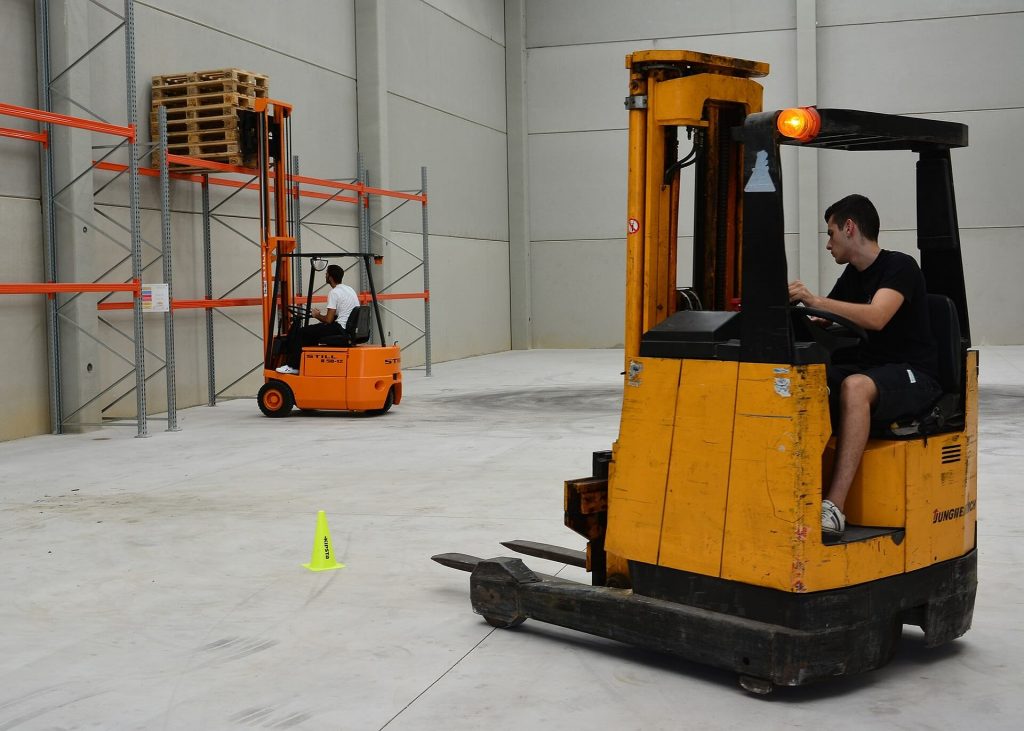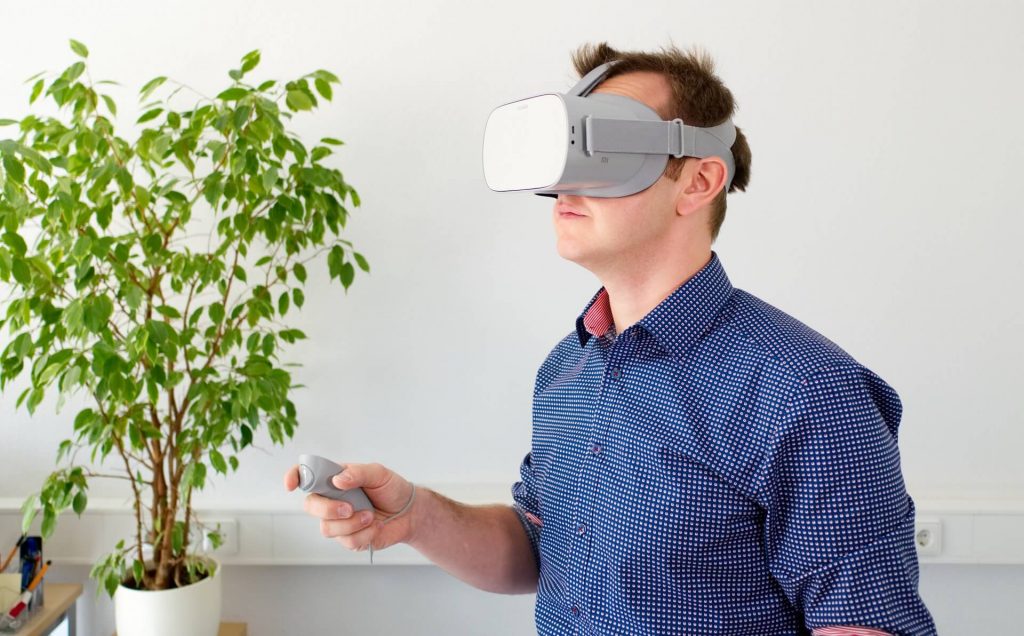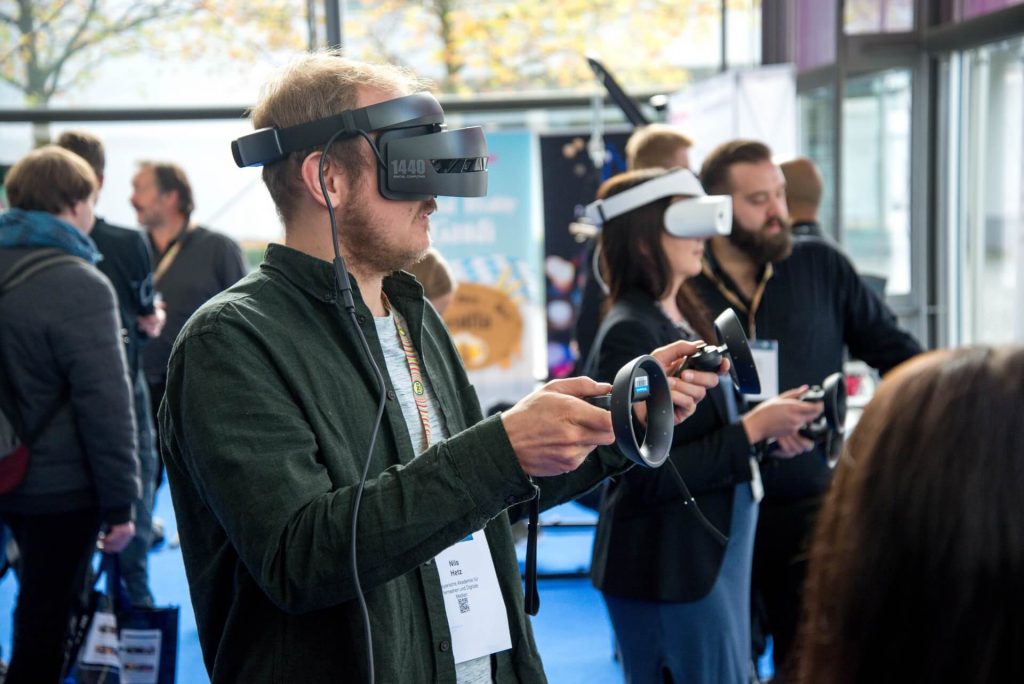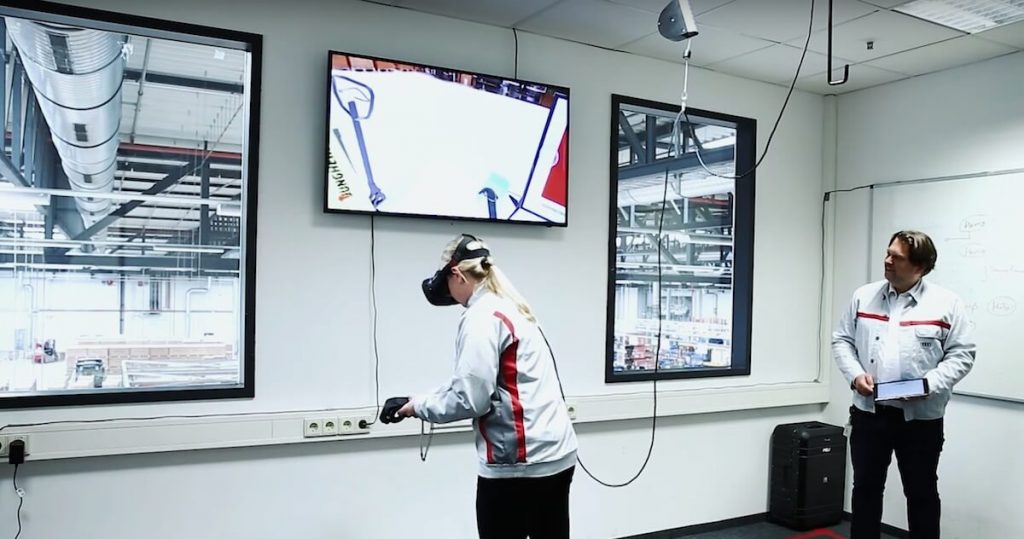Our eyes and ears work the same whether we are in the real world or a virtual one. Virtual reality (VR) technology manipulates our senses with audio, visual, and sometimes tactile cues, simulating the way we perceive and interact with the real world. This immersion technique is what makes virtual reality so convincing and virtual reality training so interesting for L&D departments all around the world. But does it work?
What is virtual reality training
Virtual Reality training uses 3D or 360-degree images or videos to create interactive digital scenarios that immerse a user into a virtual learning environment. These engaging, 360° simulations allow users to move about and interact with simulated real-world tools, machinery, and instructors in a virtual setting that looks, sounds, and feels just like the real world.
Why you should consider virtual reality training
Virtual reality training minimizes the need for lengthy training courses that involve reviewing manuals, stopping production, acquiring expensive training equipment, and in-person role-playing. Immersive digital learning offers the chance to practice as many times as needed while in a controlled, virtual environment, so employees become proficient in new skills faster, easier, and more efficiently. Even professional and Olympic level athletes use virtual reality training to repeatedly practice skills and techniques, knowing they translate to success and performance in the real-world.

Five takeaways from PwC’s study
PwC did an interesting study. Selected employees from a group of new managers in 12 US locations took the same training—designed to address inclusive leadership—in one of three learning modalities: classroom, e-learn, and v-learn (VR). Here’s what they found.
Employees in VR courses can be trained up to four times faster
Employees typically spend only 1% of their work week on training and development, so employers need to be sure that they use that time productively. PwC’s study discovered that what took two hours to learn in the classroom could be learned in only 30 minutes using VR.
VR learners are more confident in applying what they’re taught
Because it provides the ability to practice in an immersive, low-stress environment, VR-based training results in higher confidence levels and an improved ability to actually apply the learning on the job. In fact, learners trained with VR were up to 275% more confident to act on what they learned after training—a 40% improvement over classroom and 35% improvement over e-learn training.
Employees are more emotionally connected to VR content
People connect, understand, and remember things more deeply when their emotions are involved. VR learners felt 3.75 times more emotionally connected to the content than classroom learners and 2.3 times more connected than e-learners.
VR learners are more focused
With VR learning, users are significantly less distracted. In a VR headset, simulations and immersive experiences command the individual’s vision and attention. There are no interruptions and no options to multitask. VR-trained employees were up to four times more focused during training than their e-learning peers and 1.5 times more focused than their classroom colleagues.
VR learning can be more cost-effective at scale
Today, the cost of an enterprise headset ecosystem is a one-time fee of less than $1,000, and these units can be managed like any other enterprise mobile device and can be used repeatedly to deliver training. In PwC’s study they discovered that at 375 learners, VR training achieved cost parity with classroom learning. At 3,000 learners, VR was 52% more cost-effective than classroom.
Is VR the future of corporate training?
VR was beginning to catch on before Covid-19, but the global pandemic and the push to remote work is fast-tracking the need for such tools. Companies that are growing despite the crisis still need to train employees safely, effectively, and efficiently at scale. VR is the perfect medium for this moment. Virtual reality training definitely proved it has its place in the L&D world.






